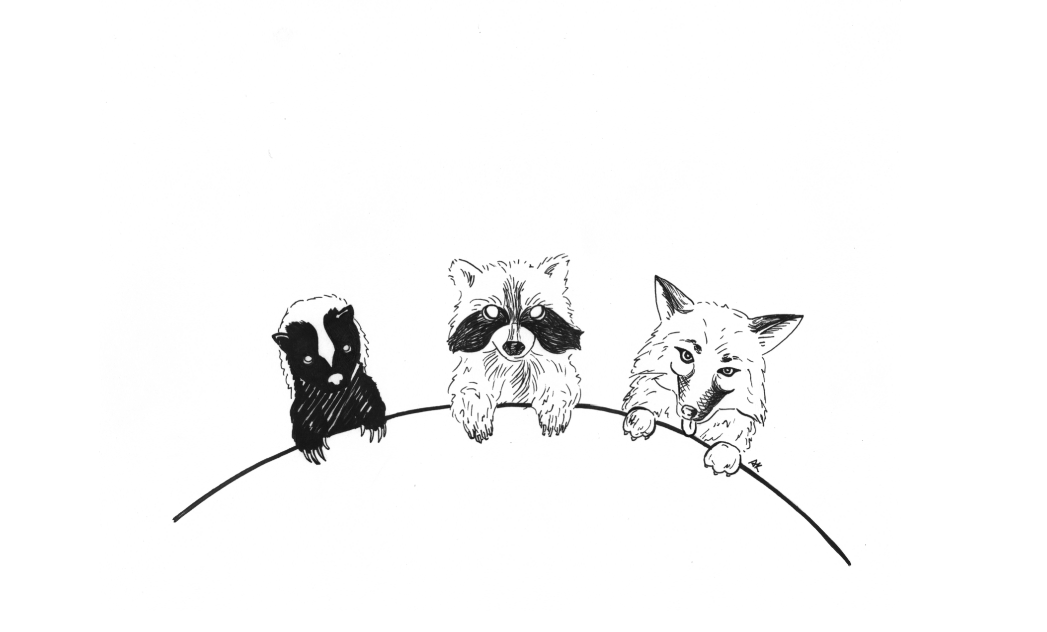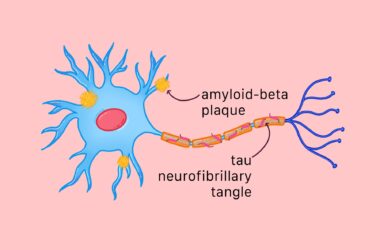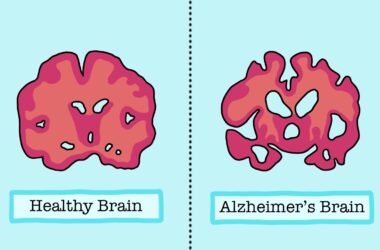The 44th Société Québécoise pour l’Étude Biologique du Comportement (SQEBC) took place in the McIntyre Medical Building from Nov. 1–3, drawing speakers and attendees from around the world. This year, the theme of the conference was cognitive ecology, the study of cognitive phenomena in social and natural contexts.
Organizers Simon Reader and Mélanie Guigueno, both professors in McGill’s Department of Biology, attended prior conferences, but this was their first time organizing SQEBC.
“There were many rewarding aspects to the conference, namely the connections I built with the [four] invited speakers, who gave phenomenal plenaries on the theme of cognitive ecology,” Guigeno said in an interview with The McGill Tribune.
Researchers from around the province presented over 60 talks, as well as workshops on spatial analysis and careers within the field.
Sarah Benson Amram, an assistant professor in the Department of Zoology & Physiology at the University of Wyoming, presented her research on behavioural flexibility in carnivores, specifically raccoons. Known for their intelligence, raccoons have the same ratio of neurons-to-brain size found in primates. Benson Amram and her team set up problem-solving trials to test patterns of intelligence in raccoons and concluded that the individuals that attempted more solutions to the problems were more successful, a pattern that may also ring true for other carnivores.
“The same cognitive abilities that are enabling [raccoon populations’] success in urban areas are actually bringing the most adaptive individuals into greater conflict with people,” Benson Amram said.
Adaptive raccoons can thrive in city environments because of their problem-solving capacity. However, their ability to do so makes them a pest to humans. As urbanization and city sprawl increases in North America, people are encountering wild animals more often, making research on species like raccoons essential for urban planning and conflict resolution.
Studies on animalian social patterns are not limited to mammals. David White, a professor in the Department of Psychology at Wilfrid Laurier University, discussed his research on the cognition and social patterns of the cowbird, a parasitic species that lays its eggs in other birds’ nests. Through a set of logical trials, White and his team observed that female cowbirds prefer nests with more host eggs. By tracking nest and resource visits of Passive Integrated Transponder (PIT) tagged cowbirds, White described that, in most contexts, the smartest cowbirds rely on personal information, rather than social.
“In each circumstance, a female goes in, figures out the value of personal and public information in that moment, and makes a decision on which one is more valuable,” White said.
Another plenary speaker at the conference was Lauren Brent, a faculty member at the University of Exeter and McGill graduate. Brent presented her research on the affiliations within a group of rhesus macaques, a species of Old World monkey that she studies on Cayo Santiago, an island off of Puerto Rico. Macaques spend 20 per cent of their time grooming each other, making them ideal social network study subjects.
“Individuals that have received more grooming have greater reproductive output,” Brent said. “Stress [caused by lack of social support] at the molecular level recapitulates many of the hallmarks of aging.”
Macaques with fewer social connections thus showed a higher biological age—the age at which the body functions—relative to chronological age, which describes how old the calendar says an individual is. Evidently, it pays to be socially connected, a conclusion that many human studies have also reached. In this way, by delicately designing research methods, cognitive ecologists can uncover innate animal behaviour, which contributes to a greater understanding of both the environment and humans.
Overall, the conference provided an opportunity for researchers and students from different backgrounds to learn about diverse, yet interconnected, research.
“The breadth of the work is what struck me: From conservation biology to behavioural neuroscience, from across Quebec and also international researchers,” Reader said.









